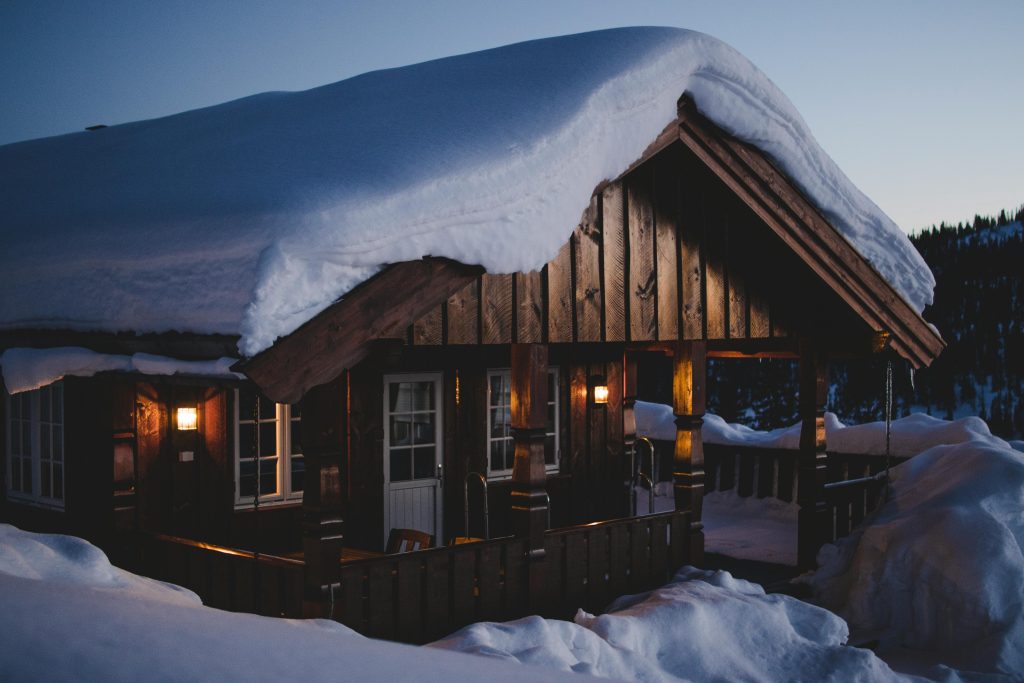In a time when cities hum with constant movement, screens light up every room, and algorithms seem to shape much of our attention, the idea of a remote cabin tucked into nature feels revolutionary. But this lifestyle isn’t new, cabin living has been part of human tradition for centuries. What’s changing is the way people view it.
At Over Home Cabins, we explore and celebrate the beauty of cabins, not only as architecture, but as lifestyle anchors. Our readers and contributors come from all walks of life, but they share a longing for the timeless simplicity that cabins evoke. Whether it’s a forest hideaway, a lakeside retreat, or a high-elevation modern marvel, cabins have a unique way of helping people feel grounded.
But what is it about cabins that continues to resonate, even in an age where convenience and speed seem to drive everything?

A Cultural Shift Toward Simplicity
Over the past decade, there’s been a noticeable shift in the way people approach home ownership, leisure, and lifestyle design. The rise of the “slow living” movement, the boom in wellness culture, and a broader desire for off-grid options have made cabins relevant again—arguably more than ever before.
Cabin culture offers a symbolic rejection of the cluttered and commercial. It’s about intentional living, a term that means different things to different people, but often translates to a slower pace, a closer connection to nature, and fewer digital distractions.
Interestingly, this shift isn’t just a romanticized ideal. According to Architectural Digest, modern cabin design has surged in popularity, with architects noting a dramatic uptick in interest from clients wanting minimalist, nature-integrated spaces. These aren’t just vacation homes, they’re becoming permanent residences for people leaving cities and opting for smaller footprints, better views, and a better mental health baseline.

Cabins as a Design Language
The aesthetic appeal of cabins is impossible to ignore. From hand-hewn logs to polished concrete and panoramic glass walls, the cabin has evolved without losing its soul. Today’s designs can be both starkly modern and deeply rustic sometimes at the same time.
At Over Home Cabins, we see cabins as a design language that communicates calm, heritage, and authenticity. Materials matter. Form matters. But so does feeling. A well-designed cabin feels like it belongs to the land it’s sitting on. It doesn’t try to overpower the environment, it works with it.
Designing for that balance takes more than just taste. It requires intention and restraint. The best cabins don’t just look good in photos, they feel right when you’re inside them. They reflect the weather, the season, the region. And whether you’re wrapped in a blanket or watching snow pile up on the windowsill, you feel like you’re part of something slower, deeper, and more connected.
The Emotional Architecture of Cabin Living
There’s a reason why cabins show up in poetry, movies, and dreams. They represent safety, solitude, and escape. But more than that, cabins often reflect a kind of emotional architecture, a structure that isn’t just made of wood or stone, but of stillness, comfort, and clarity.
In a world of pop-up ads and app alerts, spending a weekend or a lifetime in a space where the loudest sound is wind through pine branches is not just refreshing. It’s restorative.
Many people report a greater sense of clarity, creativity, and presence after just a few days in a cabin setting. That isn’t accidental. Neuroscientists have found that natural surroundings improve focus, lower cortisol levels, and even promote emotional regulation. Cabin living isn’t just charming, it’s good for your brain.
Making Cabin Living a Reality
Whether you’re buying, building, or just dreaming, there are more options now than ever before. Modular cabins, off-grid prefab kits, and sustainable design models have made it possible to bring cabin life to virtually any setting, even suburban backyards.
But no matter how it’s achieved, cabin living isn’t about escapism. It’s about coming home to something real. It’s about creating a space that prioritizes silence, story, and sunlight over square footage or status.
We’ve seen tiny 300-square-foot cabins with more soul than a 3,000-square-foot house. We’ve also featured large, elegant cabins that host extended families for long weekends filled with stories and good food. There’s no one way to do it but there is one consistent thread: a desire for peace, connection, and intention.
What’s Next at Over Home Cabins
Here at Over Home Cabins, we’re continually exploring the beauty and variety of this lifestyle, from renovation tips and builder spotlights to design trends and curated listings.
We encourage our readers to think of cabin living not just as a design choice, but as a philosophy, one that embraces limits in order to expand what really matters.
Whether you’re just dipping your toe into the idea or you’re deep into planning your own build, we’re here to offer inspiration, guidance, and a small reminder that a better way of living often starts with a smaller footprint.
Stay connected for more updates, design ideas, and stories from those who’ve chosen the cabin path and never looked back.
Leave a Reply